• It is clear that most Menlo Park residents and businesses remain in the dark about the planning for grade separations and not voiced their concerns and preferences. Why? Primarily because our city’s community outreach and engagement has been grossly inadequate. There has not been a single community meeting on grade separations since June 2017 – almost two years ago. The rail subcommittee and city council each conducted only one public review in 2018, and in these reviews residents were limited to 3-minute comments. It is noteworthy that a large majority of the speakers were from just one neighborhood. Moreover, Menlo Park has not provided effective and convenient ways for residents and businesses to remain well informed, contribute their ideas and concerns, and get answers to their most basic questions.
• It is impossible for the city council to make good decisions when it lacks credible ongoing, community-wide input and feedback. Unfortunately, city’s grade separation planning is largely a technical activity performed by a transportation-consulting firm assisted by a staff transportation engineer, and neither have deep knowledge of our community’s needs, preferences and concerns. Only residents and local businesses can provide this essential information.
• The city council and most residents who have closely observed the city planning for grade separations strongly dislike the three alternatives that were studied in 2017 because all have major drawbacks. Seventeen months ago the city council selected a “least bad” solution, and the fact it has changed its mind twice since then, is cause for great concern.
• The solution selected by our new city council in January uses hybrid grade separations at Ravenswood, Oak Grove and Glenwood. This alternative will subject our community to 4-5 years of traffic disruptions and congestion on Ravenswood, Menlo, Oak Grove, Glenwood, Valparaiso, Encinal and El Camino because the city’s three main east-west corridors will either be fully or partially closed for long periods while they are being lowered at the tracks.
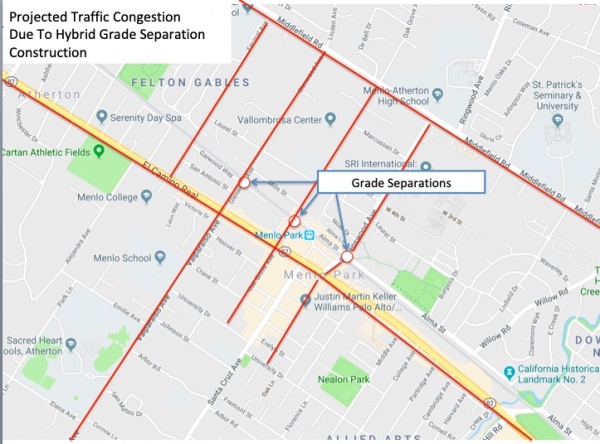
• The selected grade separation solution will also irrevocably damage the up-and-coming train station business district. Imagine tracks elevated on a ten-foot high solid berm that physically, visually and psychologically divides this area. Ground level views, westward from Alma and eastward from Merrill will be severely impaired.
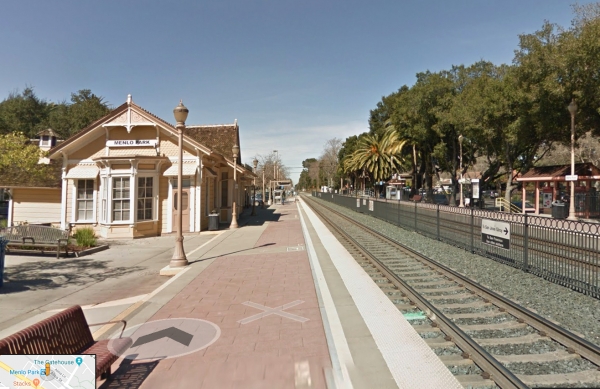
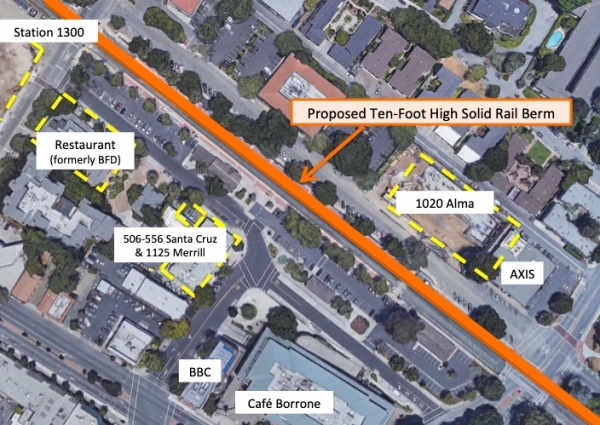
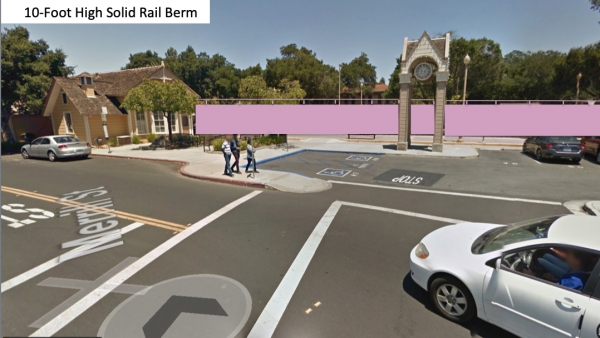
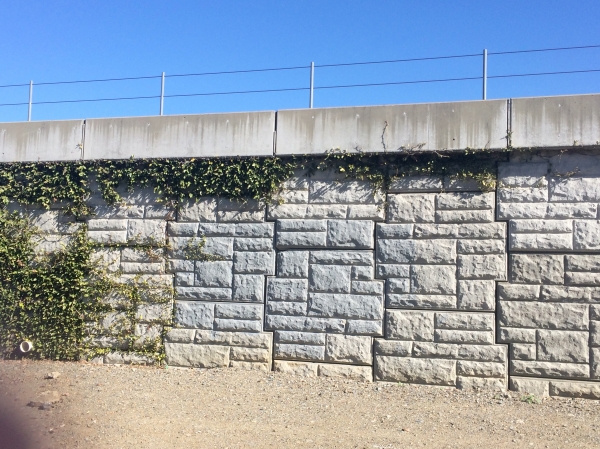
• Menlo Park has not studied a viaduct-based solution, a promising approach that could greatly reduce the amount and duration of construction-related traffic problems, enhance the appearance of the train station business district and improve bicyclist and pedestrian mobility. Unfortunately, this alternative was ruled out at the start of planning without serious consideration. Last March the city council finally expressed a willingness to study a viaduct alternative and requested a study proposal. Unfortunately, a year later, none has been developed so the city council has not approved a study. And since no funding is included in the current 2019-2020 city budget I doubt a study will be undertaken. (Learn more about a proposed viaduct-based grade separation solution at another one of my blog posts.)
• Sometime in the next three years Menlo Park will need to commit at least $25,000,000 for grade separations, its share of construction costs. By not encouraging strong community outreach and engagement now and not fairly considering a viaduct-based solution, the city is setting itself up for heated controversy and potentially long project delays. This is unfortunate as both could be avoided.
It’s time for Menlo Park to abandon its council-centric, technical-oriented approach to grade separation planning and adopt a community-centric model like Palo Alto. Residents expect our city council to represent the interests of our entire community and not be unfairly swayed by a proactive minority. Unfortunately, this has not happened and must change. Council members serve for a short time and then move on, but all of us must live with the long-term impacts of their decisions on the quality of our lives. Being a council member is a tough job and each deserves and needs our help. Grade separations represent an extraordinary opportunity for Menlo Park but also a potential disaster. We all need to rise to this occasion and this can start when the city council fixes our planning process. Now is the time to do it.
My Recommendations
I encourage the City Council to take the following steps:
• Initiate a study of viaduct grade separation alternatives (there are more than one) this spring, as one might prove far superior to the solution Council selected in January 2019. Residents who live near the rail corridor have legitimate concerns about how a viaduct might impact the quality of their lives, i.e. noise-levels, aesthetics. The right city response is to address these in a credible study, NOT to rule the study out. The Council is responsible for ensuring its decisions are based on facts, credible assumptions and sound logic, not fear-based opinions.
• Make enhancing - not harming - the train station business district a strategic priority for selecting a final grade separation solution.
• Create a community advisory panel that includes residents and local businesses. The members should collectively represent our entire community, as everyone will be deeply affected by grade separations, not just those located near the rail system. (Note: I will soon outline a model for this workgroup in a future post.)
• Make the planning process open and transparent. Conduct community meetings at least every six months and aggressively promote them to maximize participation. Designate someone who can responsively answer questions. Make access to the information about the grade separation project on the city website more user-friendly. Create an online forum and encourage participation.
I encourage you to register for my blog. Simply select “Follow this Blog” at the top of that page.
Also. please share my blog with your Menlo Park friends and neighbors.
Thanks!



